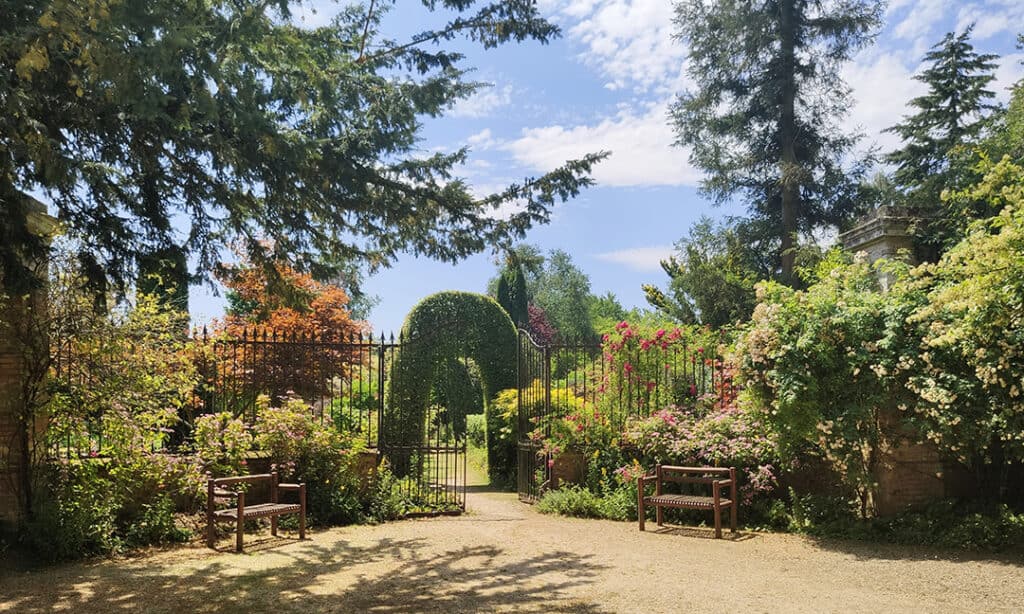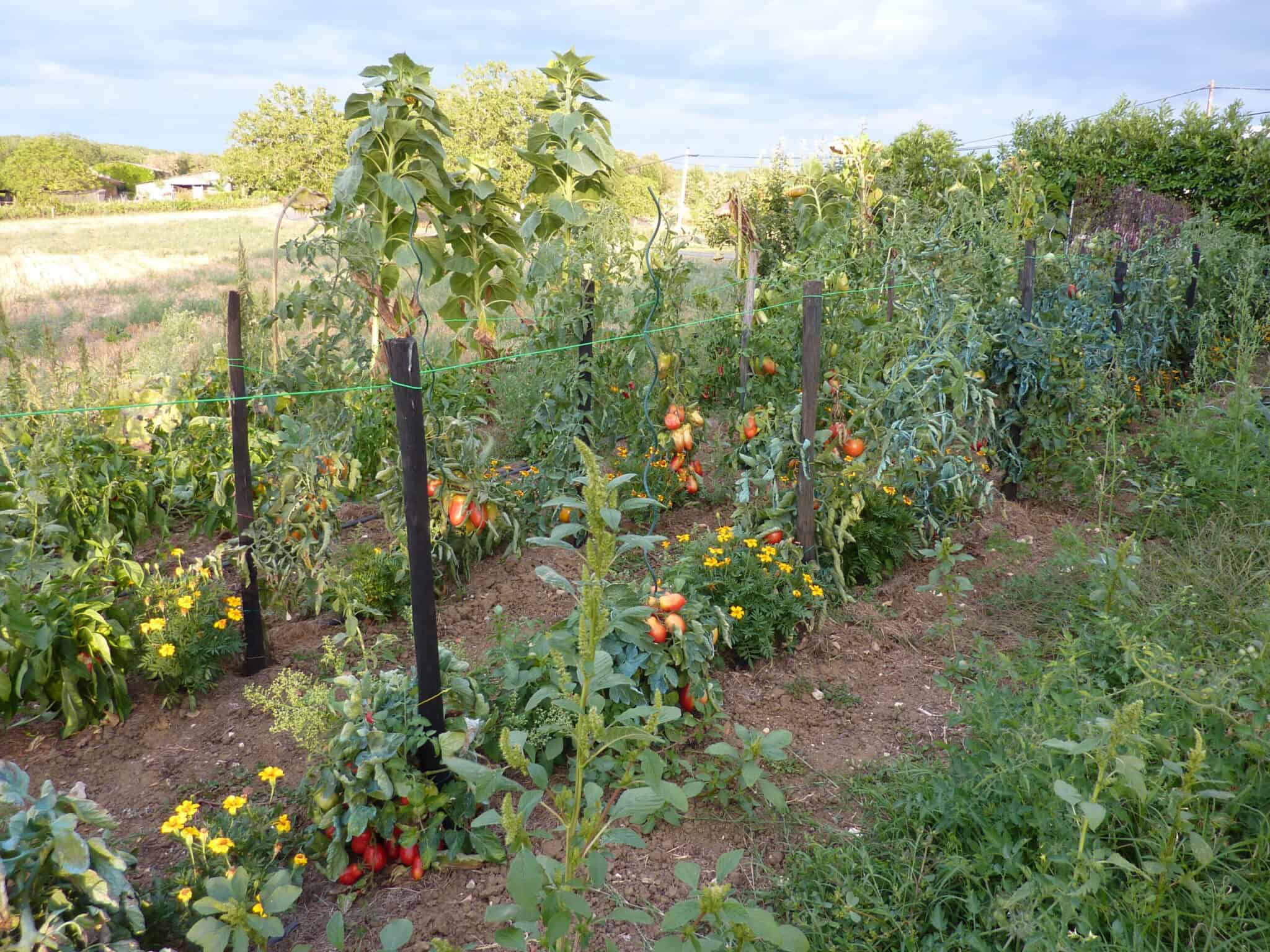Growing some of your own vegetables and herbs is a rewarding summer pastime and a great project to do with kids. Taking care of plants is enjoyable – even weeding can be a meditative experience. Spending some time in the fresh air and sunshine is a great break from staring at a screen indoors for work or school. And you get to eat the results of your efforts. Vegetable gardens are usually laid out in rows, like miniature farm fields, or in rectangular beds with paths between them. But there are other ways. For something different this year, why not make a potager?
A potager is a traditional French kitchen garden, where succulent vegetables, savory herbs and colorful flowers grow together in happy abandon. The potager is continually harvested and replanted to supply the needs of the kitchen throughout the growing season, including fresh bouquets to put on your dining table.
This kind of compact, informal garden is perfect for gardeners who love to cook, and cooks who appreciate having the finest, freshest ingredients available right outside the door. It’s a real joy to go out to the garden and pick a basketful of your own fresh food for lunch or dinner. You can choose varieties that produce the juiciest tomatoes, the most succulent carrots, the crunchiest beans instead of varieties bred for ease of shipping across the country to supermarkets. The informal style of the potager captures the carefree spirit of summer, and its compact size makes for a productive, space-efficient garden that’s easy to tend.
Ideally your property is fenced for deer. Choose a sunny location for your potager and enclose it with a wood fence such as a picket fence that will let in plenty of light. A simple design can divide a square or circular plot into quadrants or wedges with walkways between them, of bricks or stones, or even wood chips or mulch. A fence doesn’t take up a lot of space and can provide support for tall growers like sunflowers and morning glories or climbing beans.

Within each section of the garden, arrange plants in decorative patterns to follow the shape of the bed. Consider the forms, colors and textures of the plants as well. Cabbage and Swiss chard, for example, have large leaves and bold shapes, while carrots have feathery foliage. Leaf lettuces come in an assortment of shapes and sizes – leaf lettuces like oak leaf and salad bowl varieties have lobed foliage, while Boston lettuce forms a head of soft, smooth leaves. Snap beans come in bush and pole (climbing) varieties that may have fruit that’s green, yellow or purple depending on the variety.
When placing plants in your garden beds, position taller growers behind – and to the north side of – lower growing plants, so the smaller plants won’t be put in their shade. Edge your beds with low-growing flowers and herbs – petunias, marigolds, sweet alyssum, wax begonias, ageratum, thyme, marjoram, curly parsley. Check on the garden every day, or every few days, to harvest vegetables at their peak, herbs to season dishes for your table, and pick flowers in bloom to bring the garden’s color indoors.








